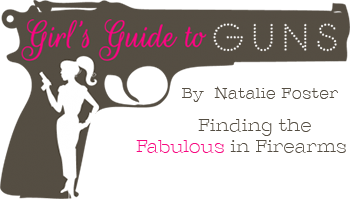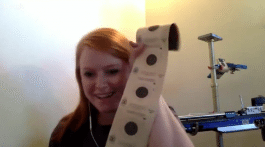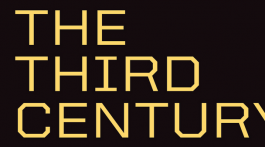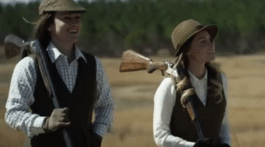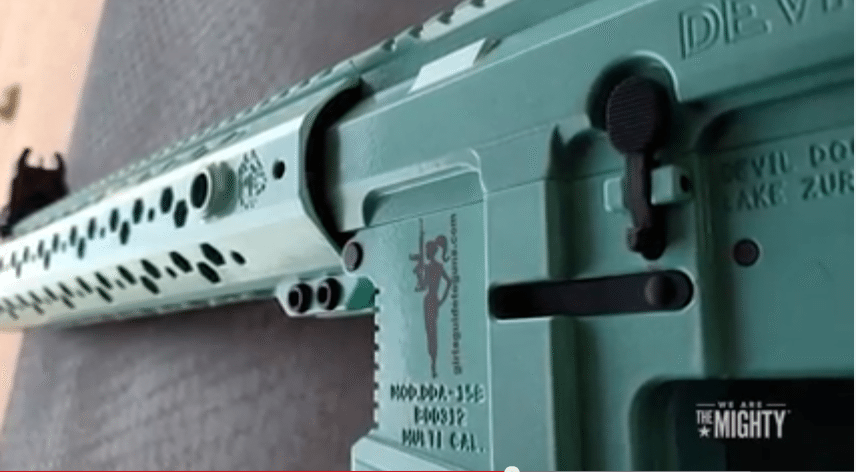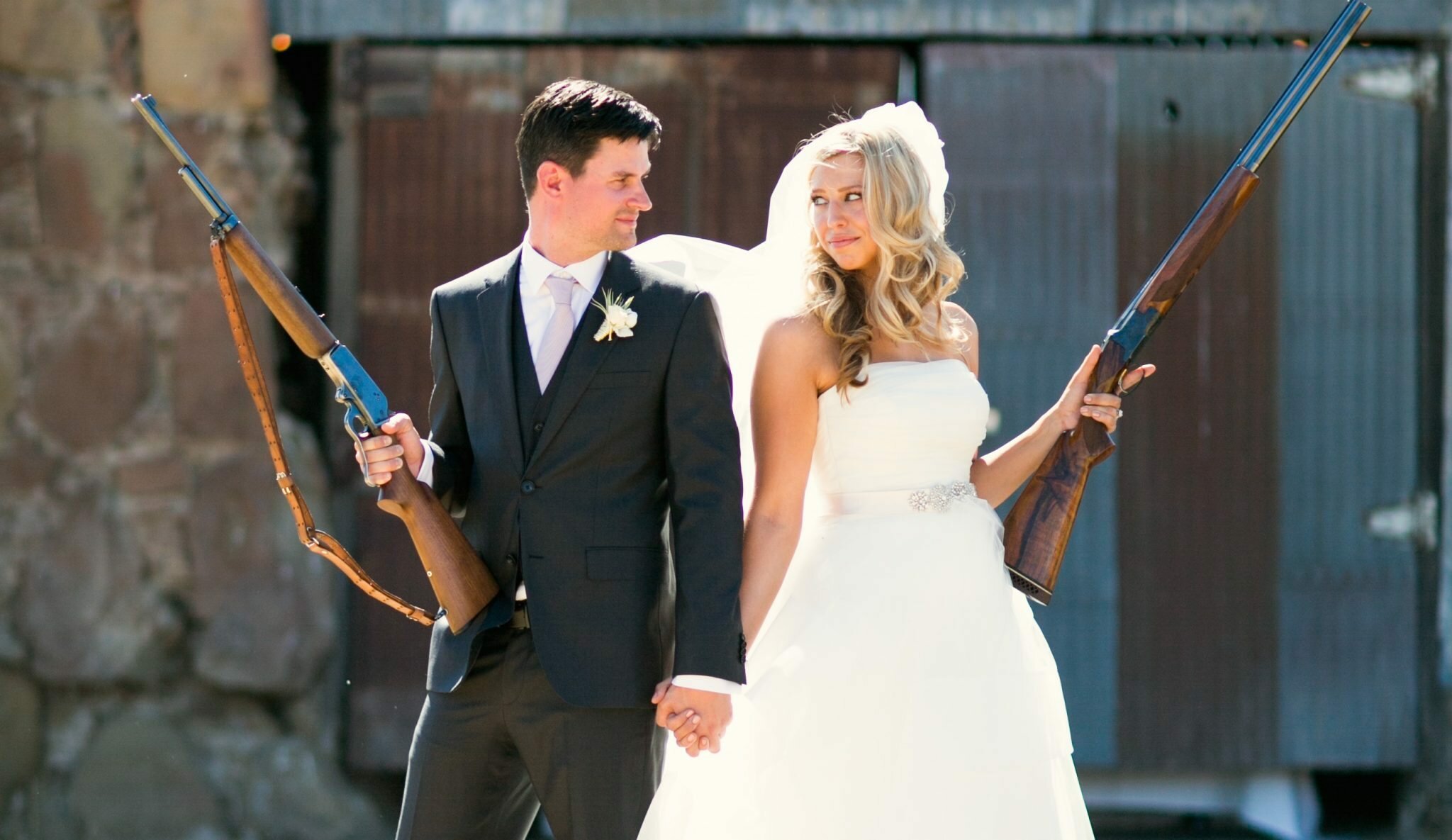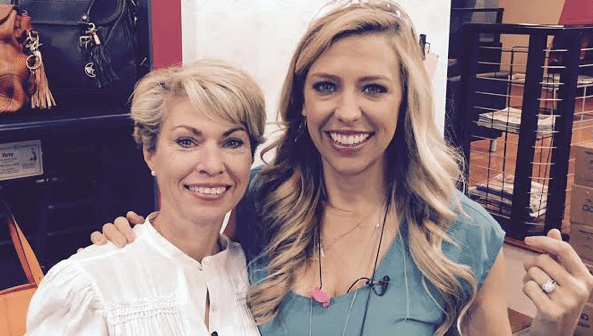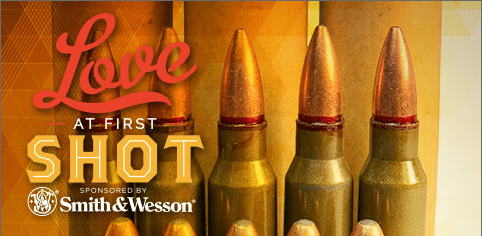Our friend John Marrs is a seasoned pro when it comes to firearms. Who better to teach us how to pick your perfect firearm?
The one question I’m asked more than any other is: “What is the best gun for me?” When asked, I wish I could just tell people about some great pistol that will suit the needs of anyone. Unfortunately, such a gun doesn’t exist. There are way too many things to consider for a quick answer to be given. My intent here is to address a few of these issues so you can have a basic idea of how to start searching for “your gun”. Each of the topics below could easily be expanded into a book. In fact, many have! Gun writers have made a living discussing and debating these things for years.
PROPER FIT
First off we’ll talk about how the weapon should fit your hand. This is an important and often overlooked part of the selection process. You should be able to grip the weapon with your wrist in a straight line with the forearm. With the gun in this position, you should be able to reach the trigger with the last joint of your trigger finger. If you can’t, the gun is too big for your hand. Often, people will adjust their grip on the weapon to reach the trigger. If you do that, you’ll be absorbing all the recoil on your thumb, instead of your hand and wrist. This will make for very unpleasant shooting experience.

Wrist straight: To fit the weapon, hold your hand out in a “V” with wrist and forearm straight, then place the gun in your hand.

Proper fit: When the weapon fits your hand correctly, it will stay in a straight line with your wrist and forearm.

Improper fit: The grip on this weapon is too fat. The shooter has to twist the weapon in her hand to reach the trigger. Notice that the weapon is not in line with the wrist and forearm. This gun is too large for the shooter.
CALIBER
Caliber is the next consideration. Basically, handgun ammunition in general is not the best choice for stopping power. They are used for defense because they are portable. Because they are less than ideal, the common theory is that you should shoot the largest caliber round that you can fire and still manage the recoil. That being said, accuracy is key to success. Shot placement is critical. A well placed shot with a .380 is far better than a near miss with a 45. As a general rule though, unless you plan on your gunfight occurring inside a phone booth, anything smaller than a .380 may not provide sufficient ballistic performance.
REVOLVER OR SEMI AUTO?
Now comes the semi-auto pistol vs. revolver issue. Both revolvers and semi-autos have positive and negative points. Revolvers have a limited ammunition capacity. Most full size ones hold 6 rounds. They also require a higher degree of training to re-load quickly than an automatic. Opening the cylinder, ejecting spent casings and using speed loaders can be challenging. In my experience, it’s much easier to learn how to remove and insert a magazine. Additionally, if you’re not going to train very often, changing magazines is an easier skill to retain than the unloading and reloading of a revolver.
Revolvers also have a very long, heavy trigger pull when fired double action. This can be challenging to people who do not have a lot of hand strength or small hands. It can also adversely affect accuracy, as it’s hard for some people to keep the weapon still during the long trigger pull.
On the plus side, revolvers are not prone to malfunctions. Unless a part is broken, when you press the trigger, it will fire. This can be an advantage if the gun is stored for a long period, such as being left in a dresser drawer where it collects dust. The accumulation of dust bunnies won’t have as drastic an effect on a revolver as it can on a semi-automatic.
The semi-auto pistol typically has a larger ammunition capacity. Most modern full-size autos can carry at least 10 rounds in the magazine. Removing and replacing a magazine can be done considerably quicker than reloading a revolver, so reloading the auto is faster.
The biggest drawback perceived with autos is the possibility of malfunctions. This is the main reason many gun store employees will steer buyers toward a revolver. Even the most reliable auto will malfunction if it is not gripped properly or becomes entangled in clothing. This is a training issue, not an equipment issue. With some training, you will be able to operate and clear malfunctions reflexively. And of course, if you own a gun for defense, you should train with it.
Trigger press on semi autos varies. For example, single action autos, like the M1911 have a short, easy trigger pull. Double action autos like the Sig Sauer, have a long, fairly heavy first round trigger pull and the subsequent rounds are fired with a shorter, lighter single action trigger pull. I prefer striker-fired weapons. These pistols have a consistent trigger pull from the first shot to the last. Striker fired weapons include Glock, Springfield XD, and Smith & Wesson M&P.

Semi-auto action types: The various action types of semi auto pistols are shown above. From top to bottom, Sig-Sauer P220, M1911, Springfield XD45
With those three choices, you have numerous options to choose from. Each of those guns can be found in multiple barrel lengths, calibers and sizes. For smaller hands, single stack versions are also available. The M&P and Gen 4 Glocks also have replaceable back straps that allow you to actually change the size of the stock to fit your hand.
SUMMARY
So, ready to choose now? I hope the above information gives you an idea of what to consider when you go out to buy that gun. The best advice I can give is to test fire several weapons before you buy one. Even after that, it’s likely that the first gun you buy will not be your last. The more you shoot and train, the more you’ll learn. As that goes on, you’ll find various attributes you’ll want for your gun. Luckily, guns retain their value. You shouldn’t have much trouble selling your first gun to put that money towards a new one.
The information written above is my opinion on the topic. I encourage you to print this article and show it to whoever it is you consider an expert on the subject. They will no doubt have an opinion in favor of or against everything I wrote. Hopefully they will also be able to expand on each of these topics for you and perhaps give you other things to consider. For example, I didn’t even get into carry options, light attachments and a few other things. Listen to advice you’re given, but don’t take it as gospel. Ultimately, it will largely be a matter of personal preference. It’s YOUR life and the life of YOUR family riding on the decision. Don’t let someone else decide for you. Whatever you pick, get training from a qualified instructor on how to use it. Happy Shooting!
 John Marrs is a Sergeant and 22 year veteran of the San Luis Obispo County Sheriff’s Office in California. A prior SWAT operator and Team Leader, he serves as a Firearms Instructor for his agency and a Regional Training Site Basic Academy. He is also the co-owner/operator of Spartan Training Resources. Marrs retired from the California Army National Guard as an Infantry Captain and served as the State Marksmanship Coordinator for California. He can be reached at [email protected].
John Marrs is a Sergeant and 22 year veteran of the San Luis Obispo County Sheriff’s Office in California. A prior SWAT operator and Team Leader, he serves as a Firearms Instructor for his agency and a Regional Training Site Basic Academy. He is also the co-owner/operator of Spartan Training Resources. Marrs retired from the California Army National Guard as an Infantry Captain and served as the State Marksmanship Coordinator for California. He can be reached at [email protected].
